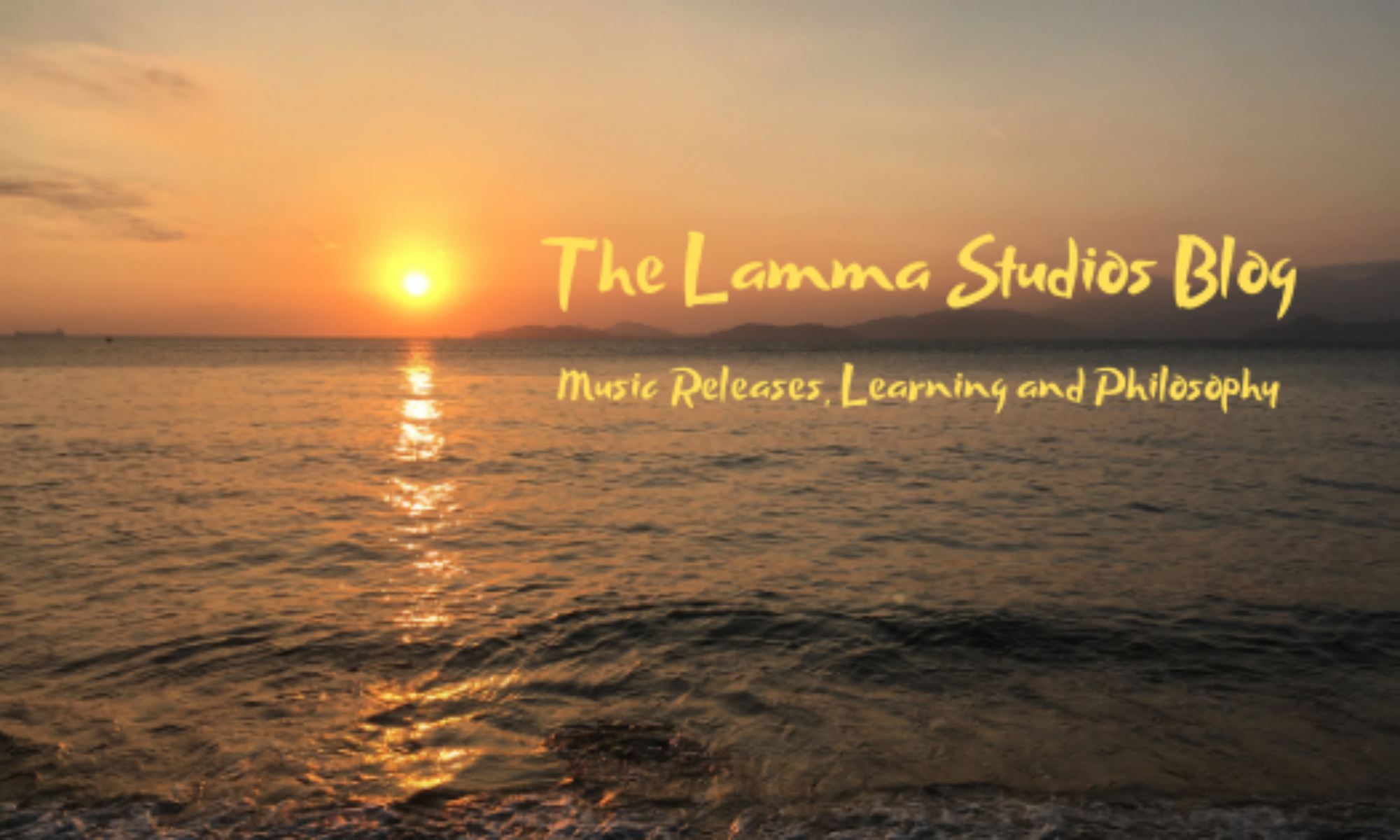Principle 6: Listening is at least 50% of Music.
The two essential skills of communication in any language are the expression of ideas and the understanding of the ideas of others. We need to have both skills. Being able to speak is useless if we can’t understand how other people respond to us.
Think about someone you feel that you communicate very well with. Why is this person so easy to communicate with? What makes it enjoyable to talk with them? How about someone you consider to be a bad communicator. Why? What is it about this person’s communication skills that you don’t like?
Chances are the reasons have more to do with their listening skills than their speaking skills. Great communicators are also great listeners. They listen to understand, they are sympathetic and are deeply interested in understanding the point of view of others.
The same principle applies to music. The ability to hear, understand and respond appropriately to what others play is extremely important for all musicians. Ask any good musician who they love to play with and why, many will say things like, “He has a great ear.” or “She listens and picks up on everything I do do right away.” or “It’s almost like he can read my mind.”
Those musicians are great listeners and everyone likes to play with them. Yet listening is barely taught and there seems to be very little interest in teaching this crucial skill. Ask a musician what they are practicing these days and almost all of them will talk about techniques, repertoire, licks, scales and articulation. Thinking about my experience over many years playing and hanging out with musicians, I can’t think of a single time when a musician told me they were specifically practicing listening as a top priority.
Wondering if my experience was unusual, I did a quick Google search and found very little on this subject. I searched several phrases about improving listening skills and got the following results:
- No results found for “how to practice listening while playing music”.
- No results found for “how to listen while playing music”.
- No results for “how to improve music listening skills”.
- 1 result unrelated to music education for “how to improve listening skills in music”.
Then I searched a few techniques and found:
- About 20,200 results for “how to practice sight reading”.
- About 12,000 results “how to practice slap the bass”.
- About 1,240 results for “how to practice double stops”.
In my opinion, this is a huge oversight in the world of music education. Regardless of how good your double stops or slapping technique may be, musicians who are hiring are looking first and foremost for great listeners. It is a highly prized skill, yet listening is the skill where most musicians are the most deficient. They may be quite good players but their poor listening results in conflicts in groove, style, tone, dynamics, articulation and more when they play with others. This results in the music not feeling right and those musicians losing gigs.
This is bad and good news. It’s bad for those players because people are neglecting a critical skill, the result of which is hurting their careers and the world of music. It’s good because those of you who are are taking this course are some of the very few who practice listening.
Even a small amount of listening practice can have a huge impact on our overall musicianship right away, even if we have not yet mastered our instruments. The learning curve is steepest at the beginning. A little practice here will go a long way to set us apart from the crowd.
Exercise 6A: Listening for expanded awareness.
This exercise is very similar to the exercises we did as we learned Principle 2, with some expanded awareness and focus on different elements.
Choose a song you want to learn and listen while focusing your ears on the following elements in turn:
1) The groove: Make it a lifetime habit to begin your listening with hearing and feeling the groove, as we practiced in Principle 4.
2) The feel and emotion: Now listen and feel for the overall feel of the song. How would you describe the feel? Does the feel change during the song? Note how the feel evolves as the song develops and ends. Are there emotions that you can sense coming from the music? Opening your ears to feel and emotion is also covered in Principle 5.
3) The harmony: The harmony is a major focus of most standard ear training education. In fact, most classical ear training is only focused on notes and harmony. For now, just try to get a general feel for the harmonic feel of the song. Is it major or minor? Dissonant or harmonious? See if you can pick out some basic tonal centers of the harmony and sing them along with the music.
4) Listen for the dynamics: Dynamics are very important. Listen to the overall dynamics of the song. Is it soft or loud? Are the ideas strongly expressed or subtle? Are there certain instruments that are louder than others? Does the music get gradually louder (crescendo) or softer (diminuendo)? Raise your awareness of dynamics and you will be able play along much more appropriately with others.
5) Listen for phrasing: Phrases are like musical sentences. Can you hear the different phrases and the separate sentences of the music? This is best practiced at first by listening to singers. Listen not just for the “words” of the the phrases but also to the punctuation. Some phrases end with periods, some with question marks and some with exclamation points. Try to hear all of these important elements.
6) Listen to individual instruments: This is one of the moist useful skills we can develop: the ability to choose where we focus our listening attention. Our ability to “turn up” the volume of a particular voice in a song is much better than we think it is if we practice it.
Begin by listening to the bass, noticing the bass player’s groove, articulation, dynamics, etc. Then listen to the singer, the drums, the horns, and all the rest of the instruments in turn. Practice keeping your attention on a specific instrument until you consciously decide to change. Practice listening to secondary and supporting instruments rather than the primary melody instruments. We can choose to pick out a particular drum or percussion instrument and zero in our hearing on just that. Try to listen and identify each and every instrument that plays on the track and notice how much more is going on than you originally noticed.
This kind of awareness listening exercise is virtually unlimited. The more you practice this at home the more you will be able to hear when you are playing later.
Exercise 6B: Hero listening.
Do you have a musical hero or heroine? Someone whose playing or musicianship you greatly admire? Good. If not, find one! Now is the time to worship your hero by listening to his or her work over and over. Learn every note, every feel and every nuance of your hero’s great performances until the image is so clear in you mind that you can hear it in your imagination without putting on a recording. Then when you play you can imitate your hero. This is called “modeling” and is a time-honored way to develop as a musician. As the late great trumpeter Clark Terry said, “Imitate, assimilate, innovate.”
A good trick here is to engage in “passive listening”. After you have listened with focused attention to your hero for a few hours and opened your mind to this musician, you can continue the process by putting your hero’s music on in the background while you are doing other things. Your subconscious mind will continue to listen and absorb your hero’s sound and style without investing any conscious effort towards it.
Exercise 6C: Learn to listen while playing.
There is one big difference between listening to music when compared to most spoken languages. In music we play and listen at the same time. It’s not like a spoken conversation where one person speaks while the other listens. In music we are often speaking and listening simultaneously.
Consider this question for a moment: When you are playing, what are you primarily listening to? For most the answer is that they listen primarily to themselves when they play. This is like people who talk just to hear the sound of their voice.
To learn how to listen to others while playing, play your track and repeat Exercise 6A. This time play along. Keep your focus on listening and pay no attention to your own playing. That’s right, ignore yourself as much as possible. You may be very surprised at how much better you play when the focus is on listening rather than playing.
Additional Resources
As I mentioned, there’s not a lot out there on this subject as I described before.
Chapter 11 of The Music Lesson by Victor Wooten
The Essential Role of Modeling for Mastery and Rafael Mendez

